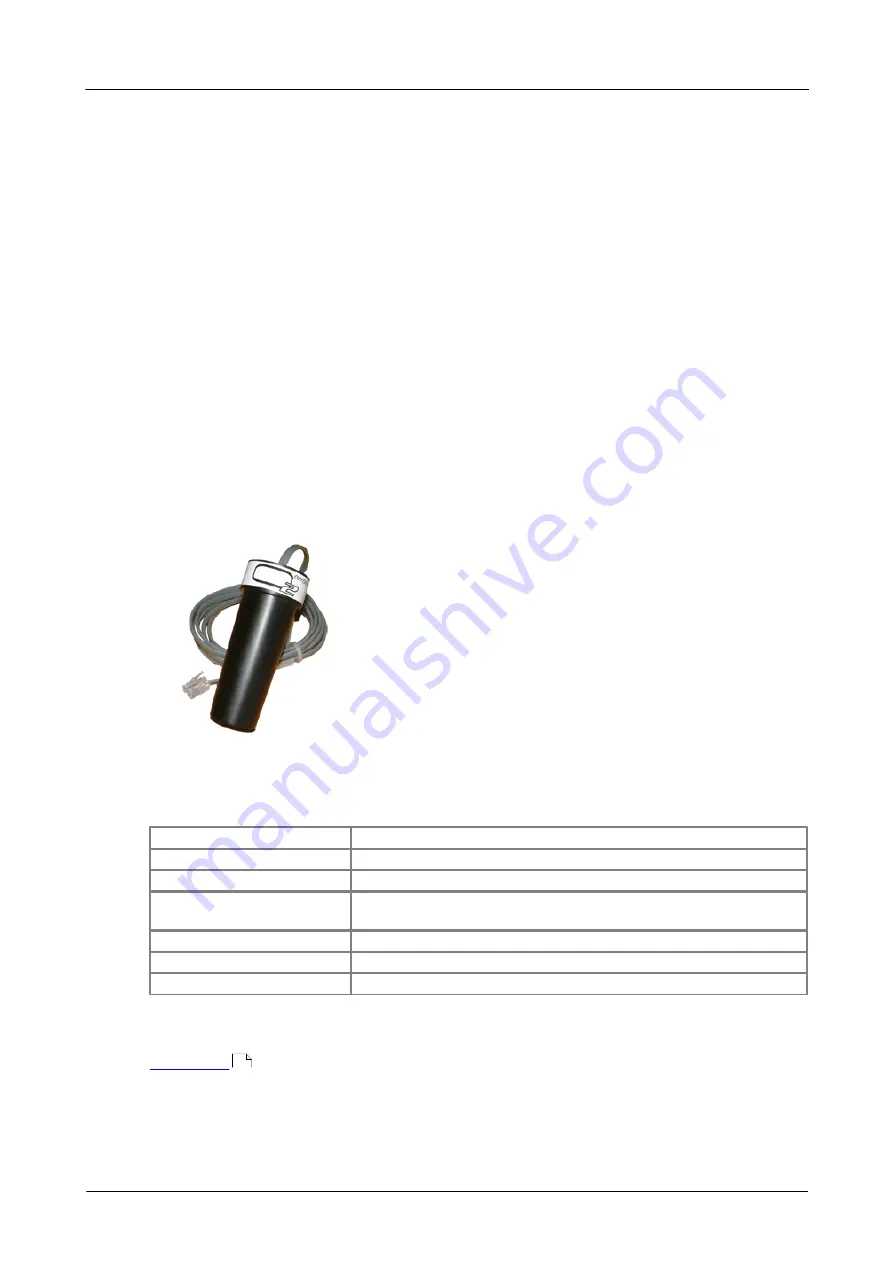
Product information
22
Copyright © 2013 Pico Technology Ltd. All rights reserved.
usbdrdaq.en r4
Note:
You can remove the calibration data by opening the
Parameter Scaling
dialog
and setting the drop-down list to 'none'. If you want to completely delete the
calibration scaling you can either edit and delete the entries in the Parameter Scaling
dialog or use the
New Settings
command from the main menu. If you use the
New
Settings
command all scaling data will be lost.
Check the calibration
To be sure that the calibration has been successful, you must repeat the measurement
stage of the procedure. When the check measurements have been completed there
should be very close agreement between the measured and standard values (that is,
within 5% of the value). If this is not the case, check that you have entered the
calibration data correctly and repeat the process.
Once you have successfully calibrated your DD101, write the date on the label and
stick the label on the sensor (do not block the holes in the sensor with the label).
Testing Sensors
You can check whether a sensor is working properly or not by running through the
calibration procedure. If you find that the sensor values differ from the standard
values by more than 10% you may have a damaged sensor. In this case contact Pico
for assistance.
2.9.6
DD103 Oxygen Sensor
The DD103 Oxygen Sensor is used to measure the percentage of oxygen in a gas. The
sensor plugs into the external sensor sockets of USB DrDAQ using the supplied cable.
Specification
Sensor Type
Galvanic Cell (lead-oxygen with weak acid electrolyte)
Input Range
0 to 100% oxygen
Accuracy (Calibrated)
±3.0% over operating conditions range
Response Times
< 15 seconds for 90% response
< 25 seconds for 97% response
Max Humidity
0 to 95% Non-condensing
Operating Temperature
5 °C to 40 °C
Storage Temperature
-15 °C to 50 °C
Setting up the oxygen sensor
Since the Oxygen Sensor has an output of 0 mV at 0% oxygen, a single-point
calibration can be carried out. The procedure below guides you through
setting up the oxygen sensor to work with PicoLog and calibrating it using the oxygen
in the atmosphere as a reference point (calibration is necessary to use the sensor with
±3% accuracy).
32












































